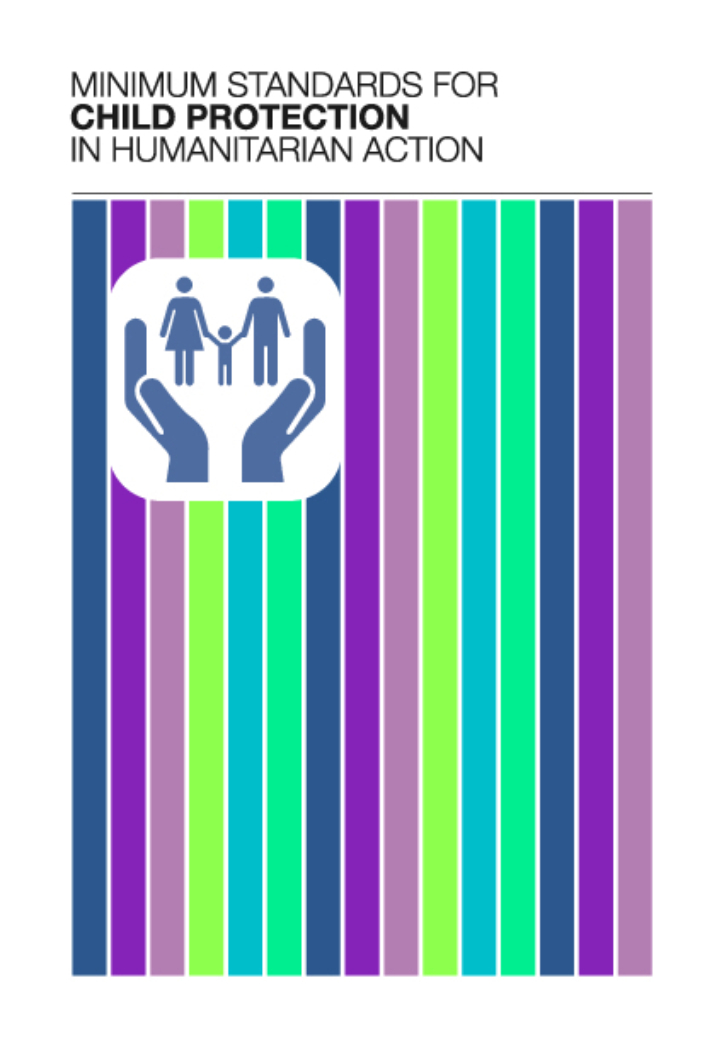Minimum Standards for Child Protection in Humanitarian Action
Published on
Abstract
The Minimum Standards for Child Protection in Humanitarian Action were formulated between January 2011 and September 2012 by the Child Protection Working Group (CPWG), an inter-agency working group composed of child protection practitioners, other humanitarians, academics, and policy makers. Altogether, over 400 individuals from 30 agencies and 40 countries around the world contributed to the development of the standards. The standards set out a common agreement on what needs to be achieved in order for child protection in humanitarian settings to be of adequate quality.
These standards are grounded in the Sphere Handbook, a universal guide and reference developed on the premise that all people affected by disaster or conflict have a right to receive protection and assistance to ensure the basic conditions of life and dignity. Following the structure of the Sphere standards, the Minimum Standards for Child Protection in Humanitarian Action are accompanied by key actions, measurements (including indicators and targets, and guidance notes. They are intended for use by the range of actors and agencies working on child protection or related areas of humanitarian action, including those working directly with children, families and communities, planners and policy makers, coordinators, donors, academics, those working on advocacy and media/communication. This also includes the personnel of independent or multilateral organizations, security personnel, armed forces and groups.

